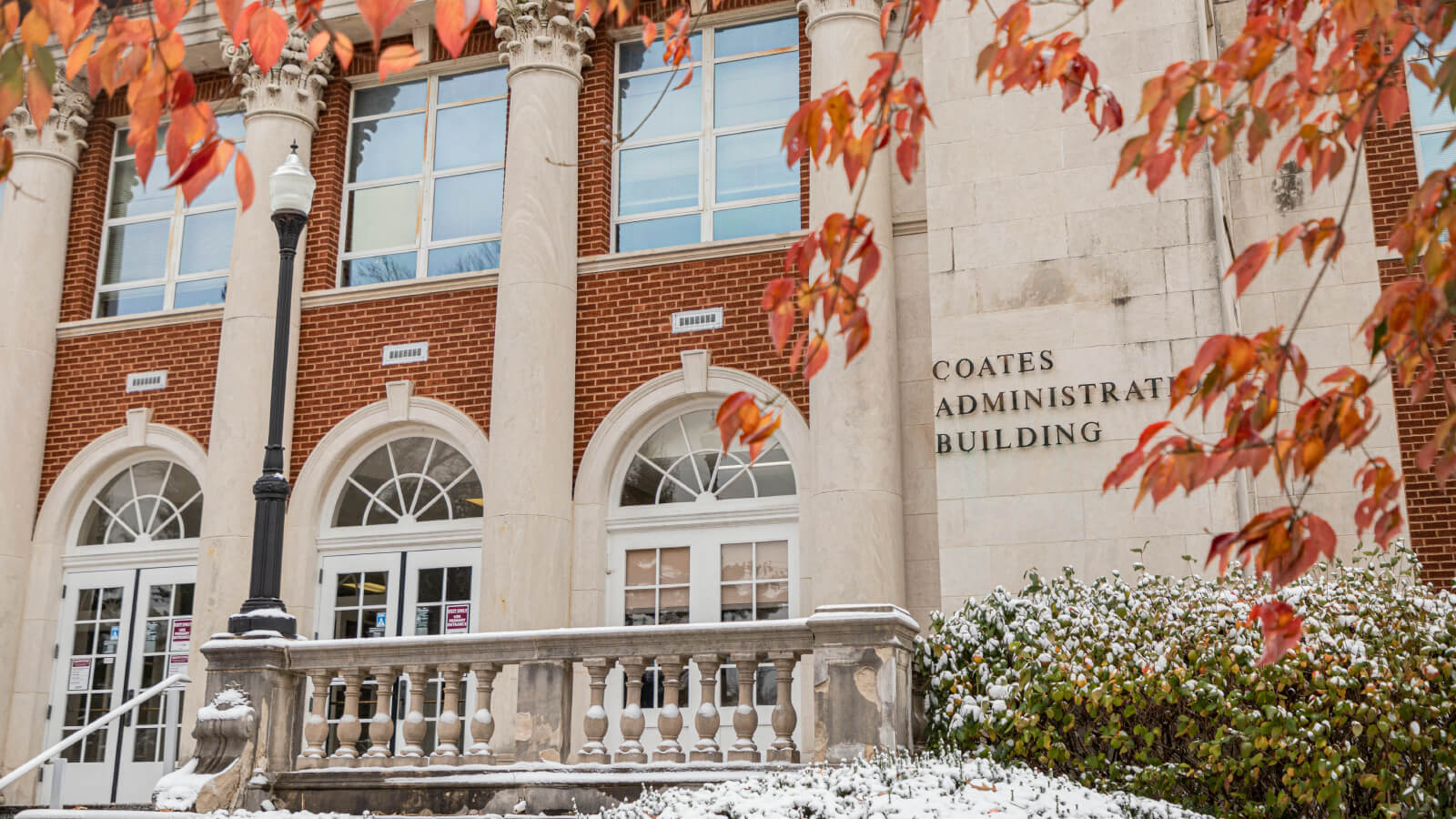
Office of the President
Dr. David T. McFaddin is the fourteenth President of Eastern Kentucky University. He was selected as Interim President in December 2019 and unanimously appointed President by the Board of Regents in August 2020. Dr. McFaddin is the third Eastern graduate to ascend to the presidency, after Dr. Doug Whitlock and Dr. Robert Martin. In his role as Interim President, Dr. McFaddin led the University during a global pandemic. Facing unprecedented challenges, he overcame unexpected budget expenses, implemented a successful plan for a return to on-campus instruction, and established the Eastern Advantage, a plan to address college access and affordability. The initiative is the centerpiece of his priorities and will continue as a primary focus throughout his presidency.

